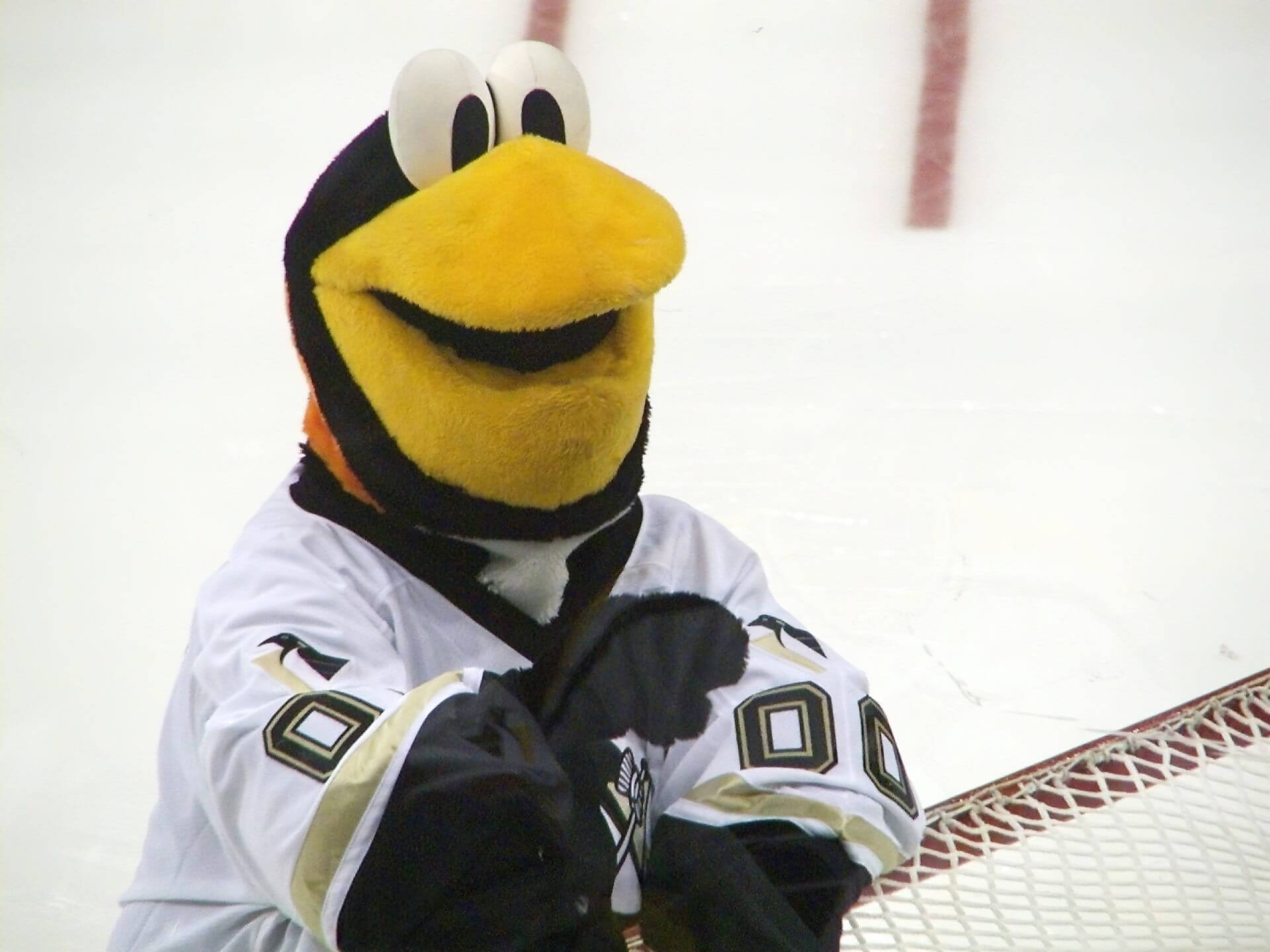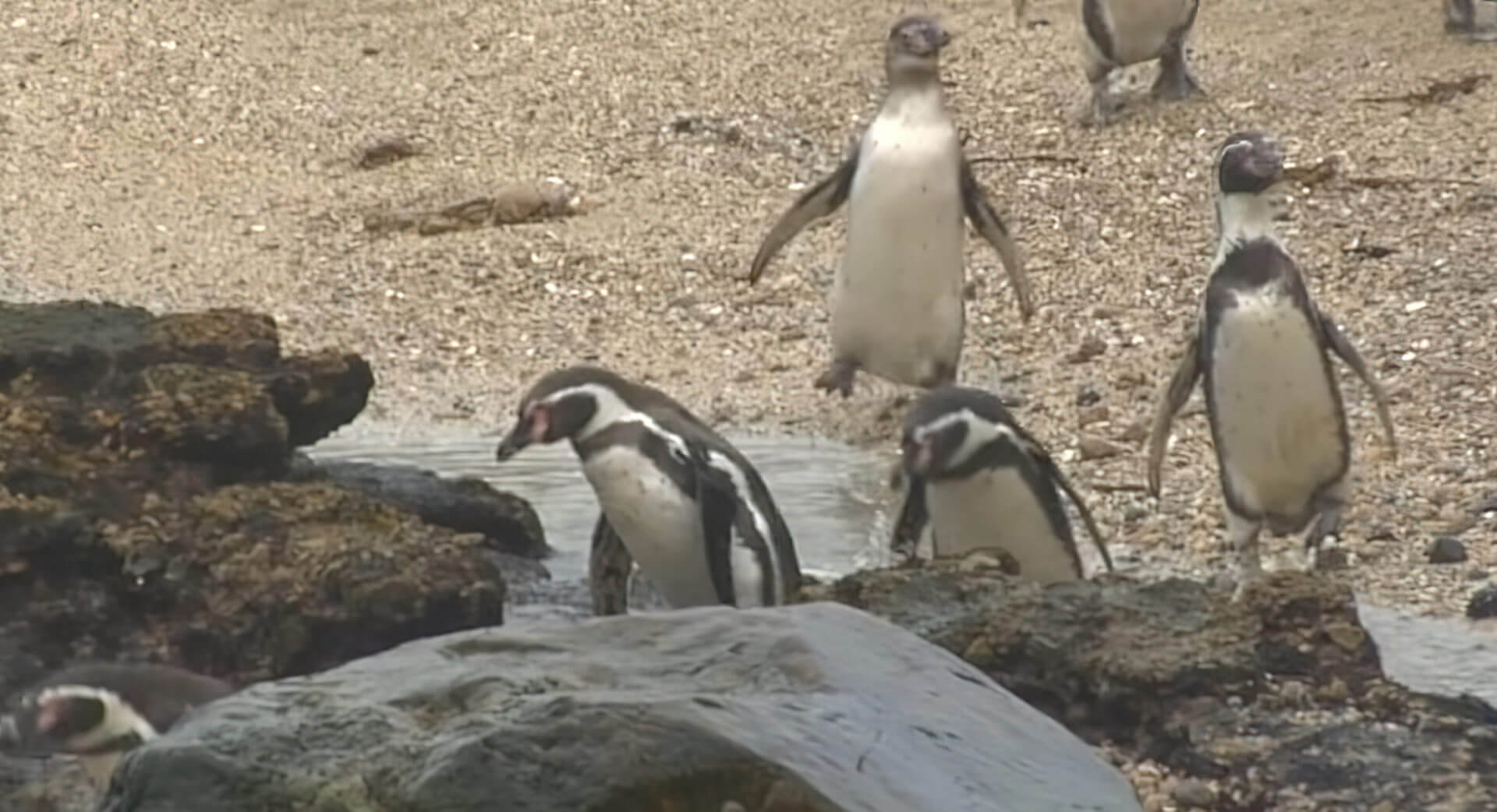The Pittsburgh Penguins, one of the oldest and most successful ice hockey teams in the NHL, have been entertaining crowds since their inaugural season in 1967. However, few fans know about the history of the team’s mascots, from the beloved Penguin Pete to the current fan favorite, Iceburgh. In this article, we will take a trip down memory lane and explore the evolution of the Pittsburgh Penguins’ mascots.
Penguin Pete
The Pittsburgh Penguins’ first mascot was a live penguin named Penguin Pete. This Humboldt penguin, originally from Ecuador, was on loan from the Highland Park Zoo, which is now the Pittsburgh Zoo & PPG Aquarium. To help him skate on the ice, CMM in Canada made special ice skates for him, and a skater from the University of Pittsburgh taught him how to skate. The sight of a real-life penguin skating on the ice captured the hearts of fans, and Pete made his first appearance at the Civic Arena on February 21, 1968, during a game against the Philadelphia Flyers. He also led the team onto the ice during a game against the Boston Bruins on October 19, 1968. However, Pete made only six more appearances, with his last being on November 16, 1968, during a game with the New York Rangers.
Re-Pete
After the death of Penguin Pete, the Pittsburgh Penguins adopted a new penguin mascot, Re-Pete. Like his predecessor, Re-Pete was a Humboldt penguin, but he failed to gain the same popularity. Furthermore, performing animals were no longer widely accepted in the early 1970s.
Iceburgh
For twenty years, the Pittsburgh Penguins did not have an official mascot until 1991, when Martha Johnson, wife of then-coach Badger Bob Johnson, suggested the team adopt a new mascot. However, it was decided that the new mascot would not be a live animal. To help come up with a name, the team held a contest through a local restaurant chain, and Iceburgh was born. Resembling a King Penguin, Iceburgh made his debut on October 6, 1992, at a Pittsburgh Penguins game against the New Jersey Devils.
From the beginning, the mascot was well-received by the Penguins’ fans, who appreciated its unique and fun-loving personality. Despite its size and weight, Iceburgh is quick on its feet and always ready to engage with fans. Whether it’s high-fiving children or dancing on the ice, Iceburgh is always up for a good time. The mascot’s positive and energetic attitude makes it a popular figure among Penguins’ fans, who appreciate its playful spirit and infectious smile. Iceburgh also has a mischievous side, and it is not above playing practical jokes on players or fans.
Iceburgh quickly became a fan favorite, and he is now one of the most recognizable mascots in the NHL. He has worn a variety of customized jerseys, some of which require two goalie-sized jerseys being sewn together. Iceburgh is often seen engaging with fans during games and community events, and he makes an annual appearance at the NHL All-Star Game. He even appeared in the 1995 Jean-Claude Van Damme movie Sudden Death, which was filmed at the Pittsburgh Civic Arena.
In Conclusion
From the live penguin of the 1960s to the beloved and iconic Iceburgh of today, the Pittsburgh Penguins’ mascots have come a long way. Although live animals are no longer widely accepted as mascots, the legacy of Penguin Pete lives on through the team’s rich history. Today, Iceburgh continues to entertain fans and represent the Pittsburgh Penguins with enthusiasm, energy, and a strong commitment to the community.
If you want Iceburgh to make an appearance at your upcoming event, click on this link and fill out the online form completely. Please note that Iceburgh’s popularity and busy schedule may sometimes result in scheduling conflicts, but he will do his best to fulfill your request.


